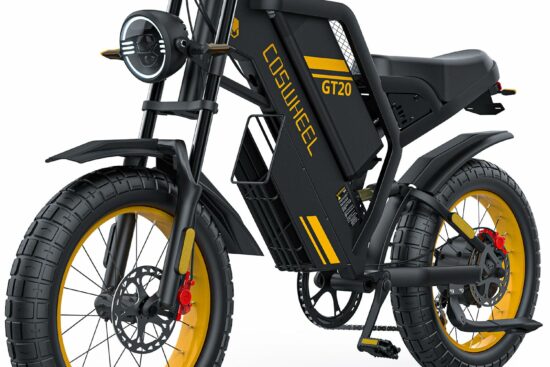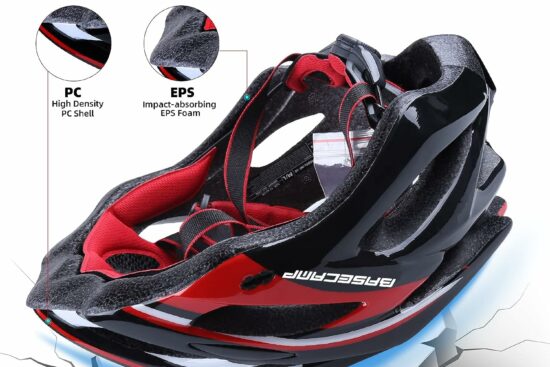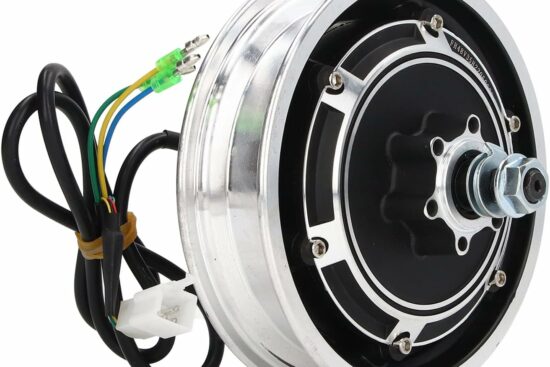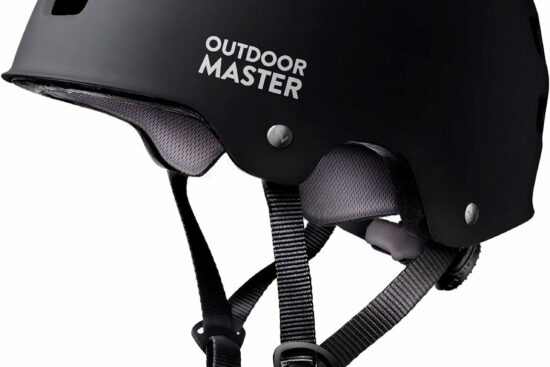
Curious about how fast 1600w is in mph? Well, you’re in the right place! In this article, we’ll dive into the conversion between watts and miles per hour (mph) to give you a clear understanding of just how fast 1600w can travel. Whether you’re a cycling enthusiast or simply interested in the technical side of things, we’ve got you covered.
Want to know more? In the upcoming paragraphs, we’ll break down the calculation and explain the relationship between watts and mph. You’ll discover how different factors like resistance, weight, and terrain can affect the speed of 1600w. So, by the end of this article, you’ll have a solid grasp on just how fast 1600w can propel you in miles per hour. Let’s dive in!
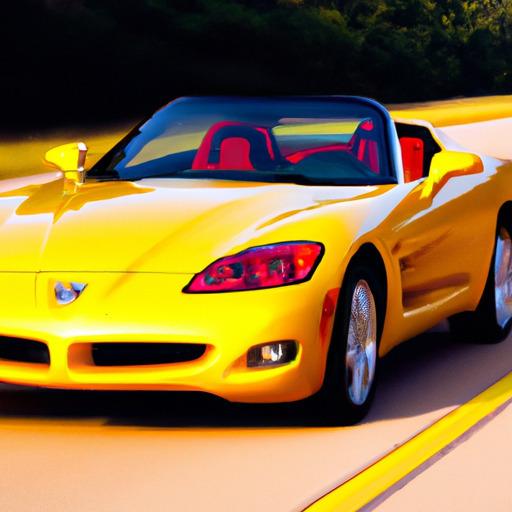
Understanding Watts and Miles Per Hour
What are Watts?
Watts, symbolized by the letter “W,” are a unit of power commonly used to measure the rate at which energy is consumed or produced. In simple terms, watts measure how much work can be done in a given amount of time. It is named after Scottish engineer James Watt, who played a key role in the development of the steam engine.
What is Miles per Hour (mph)?
Miles per hour (mph) is a unit of speed commonly used in the United States and the United Kingdom. It measures the distance traveled in miles per hour. For example, if you are driving at a speed of 60 mph, it means you are covering a distance of 60 miles in one hour.
Conversion Formula
To understand how fast 1600w is in mph, we need to convert the power measurement into a speed measurement. This requires two conversion formulas: one to convert watts to horsepower and another to convert horsepower to miles per hour.
How to convert Watts to Horsepower
Horsepower (hp) is another unit of power commonly used, especially in the automotive industry. To convert watts to horsepower, you can use the following formula:
Horsepower = Watts / 746 Here, 746 is a constant used to convert watts to horsepower. By dividing the wattage by this constant, you can determine the equivalent horsepower.
How to convert Horsepower to Miles per Hour
Once you have determined the horsepower equivalent of a given wattage, you can then convert it to miles per hour. This can be done using a conversion formula based on the weight of the vehicle:
Miles per Hour = Square Root of (Horsepower * 224 / Weight) In this formula, the weight is expressed in pounds.
Calculating Speed in Miles per Hour
Now that we have the necessary formulas, let’s calculate how fast 1600w is in mph.
Understanding power and speed relationship
Power and speed are closely related. The more power a vehicle or motor has, the faster it can potentially go. However, other factors such as weight, aerodynamic drag, and road conditions also affect the actual speed.
Applying the watt to horsepower conversion
To determine the horsepower equivalent of 1600w, we can use the conversion formula mentioned earlier:
Horsepower = 1600 / 746 By dividing 1600 by 746, we find that 1600w is approximately 2.144 horsepower.
Converting horsepower to miles per hour
Using the horsepower obtained, we can now calculate the speed of 1600w in mph. However, we need to know the weight of the vehicle or device driven by the motor.
Let’s say the weight of the vehicle is 1000 pounds. Applying the conversion formula mentioned earlier:
Miles per Hour = Square Root of (2.144 * 224 / 1000) After simplifying the equation, we find that the speed of 1600w, when driving a 1000-pound vehicle, is approximately 13.18 mph.
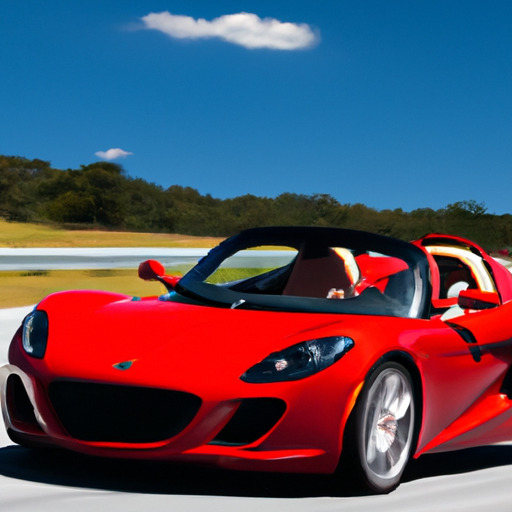
Factors Affecting the Actual Speed
It’s important to note that the calculated speed of 1600w in mph may vary in real-world scenarios due to various factors. Here are a few factors that can affect the actual speed:
Efficiency of the motor
The efficiency of the motor plays a significant role in determining how efficiently the power is converted into movement. Higher motor efficiency can result in greater speed.
Weight of the vehicle
The weight of the vehicle or device being driven by the motor affects the speed. Heavier vehicles may experience a decrease in speed compared to lighter ones due to increased resistance.
Aerodynamic drag
Aerodynamic drag, caused by factors such as the shape and design of the vehicle, can impact the speed. Vehicles with lower drag coefficients tend to achieve higher speeds.
Road conditions and incline
The condition of the road and any inclines or declines can affect the speed of a vehicle. Inclines require more power to maintain speed, while declines may increase speed without additional power input.
Other Units of Measurement
In addition to miles per hour and watts, there are other common units of measurement that may be useful to know when discussing speed and power:
Converting Watts to Kilowatts
To convert watts to kilowatts (kW), you can divide the wattage by 1000:
Kilowatts = Watts / 1000 Converting Miles per Hour to Kilometers per Hour
If you are more familiar with kilometers per hour (km/h), you can convert miles per hour to this unit using the following formula:
Kilometers per Hour = Miles per Hour * 1.60934 Comparing 1600w to Common Transportation Speeds
Now that we have determined the speed of 1600w in mph, let’s compare it to some common forms of transportation:
Comparing to average walking speed
The average walking speed for an adult is typically around 3-4 mph, significantly slower than the speed of 1600w.
Comparing to bicycle speed
A casual cyclist usually averages speeds of 10-12 mph, while more experienced cyclists can reach speeds of 20 mph or more. 1600w falls within this range, approaching the average speed of a bicycle.
Comparing to car speed
Car speeds can vary greatly depending on the vehicle and traffic conditions. However, typical speeds on city roads range from 25-35 mph, indicating that 1600w is slower than an average car.
Comparing to high-speed train speed
High-speed trains can reach speeds exceeding 200 mph, making them significantly faster than the speed of 1600w.
Applications of 1600w
Despite not reaching high speeds comparable to cars or high-speed trains, 1600w can still be useful in various applications:
Electric scooters
Many electric scooters have motors with power ratings around 1600w, allowing them to achieve speeds suitable for urban commuting.
Electric bicycles
Electric bicycles, commonly known as e-bikes, often use motors with wattages similar to 1600w. These motors provide assistance to riders, allowing them to travel at higher speeds with less effort.
Small electric vehicles
Small electric vehicles, such as golf carts or neighborhood electric vehicles, commonly use motors with power ratings around 1600w. These vehicles are designed for short-distance travel and lower speeds.
Safety Considerations at Higher Speeds
When traveling at higher speeds, it is essential to prioritize safety. Some safety considerations include:
Helmet usage
Wearing a helmet can protect your head in the event of a fall or collision. It is crucial to wear a properly fitted helmet when traveling at higher speeds.
Protective gear
Depending on the mode of transportation, additional protective gear such as knee and elbow pads may be necessary to reduce the risk of injuries.
Traffic regulations
When traveling at higher speeds, it is important to follow traffic regulations and be aware of your surroundings. Obeying traffic laws can help ensure the safety of both yourself and others.
Braking distance
At higher speeds, the distance required to come to a complete stop increases. Be mindful of the braking distance and maintain a safe following distance from other vehicles or obstacles.
Conclusion
In conclusion, 1600w translates to approximately 13.18 mph when driving a 1000-pound vehicle. However, it is crucial to consider other factors, such as motor efficiency, weight, aerodynamic drag, and road conditions, which can affect the actual speed. Understanding these factors and considering safety measures are important when utilizing 1600w or any other form of transportation. So, whether you’re riding an electric scooter or operating a small electric vehicle, knowing the speed capabilities and taking appropriate precautions will ensure a safer and more enjoyable experience.

















